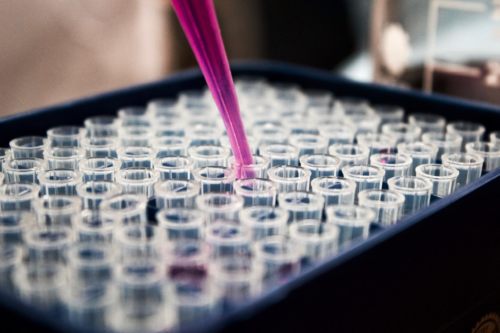Bioweapon?

7th June 2023 : An extremely important speech by the American expert in intellectual property and risk management, previously an Assistant Professor at the University of Virginia’s School of Medicine, David Martin in the European Parliament. He revealed what this is really about. According to Martin, the coronavirus is a bioweapon. The virus was discovered in 1965, and as early as 1966, the US started to research how to manipulate it to create a biological weapon.
In the 1970s and 1980s, attempts were made to infect pigs and dogs with laboratory-modified coronaviruses. Infection led to gastrointestinal problems in pigs and dogs and Pfizer developed a vaccine for this, which was finalised in 1990, so the notion that coronavirus vaccines were first developed as a rapid response to SARS-CoV-2 is not true. There is a long history behind this.
Hundreds of studies were published between 1990 and 2018 on animal coronavirus vaccines. All studies showed that vaccination did not stop the spread of infection, and all studies explain that artificial coronaviruses mutate quickly and thus escape the protection afforded by a vaccine. In light of this solid and unequivocal evidence, does anyone understand why COVID-19 vaccines were approved for human use at the end of December 2020?
In 2002, the University of North Carolina (UNC) Chapel Hill patented an infectious, replication-defective coronavirus. According to Martin, this means that UNC patented a weapon that could harm an individual that was infected by the virus. The research was funded by the NIH and the patent preceded the first epidemic of a SARS virus by one year. According to Martin, SARS-CoV-1 did not come from a market where animals were sold, but was a product of laboratory research.
In 2005, US authorities described SARS-CoV-1 as a bioweapons platform technology for biological warfare. When gain of function research was banned in the US in 2014, research on SARS was excluded, because it had already been approved and $10 billion had been invested by the NIH under the supervision of Anthony Fauci.
The US patent office twice refused to approve the patent for SARS-CoV-2, but after the CDC bribed an official, the patent was approved in 2007.
In 2016, a journal article was published that stated there was now a new SARS coronavirus that could infect humans, and it was named WIV1: Wuhan Institute of Virology Virus 1.
In 2017 and 2018, the media frequently trumpeted that there would be an accidental or intentional release of a respiratory virus, and the latter phrase was repeated in four vaccine-related patent applications in April 2019. The aim was to make a vaccine against a pathogen (disease-causing virus, bacterium, parasite, etc.) that does not actually exist.
In September 2019, the world was informed that a pandemic was likely. This was announced to prepare the ground so that by September 2020 there would be global acceptance of a universal vaccine template.
(Published on 7th of June 2023 via social media, as the new website was under construction.)

